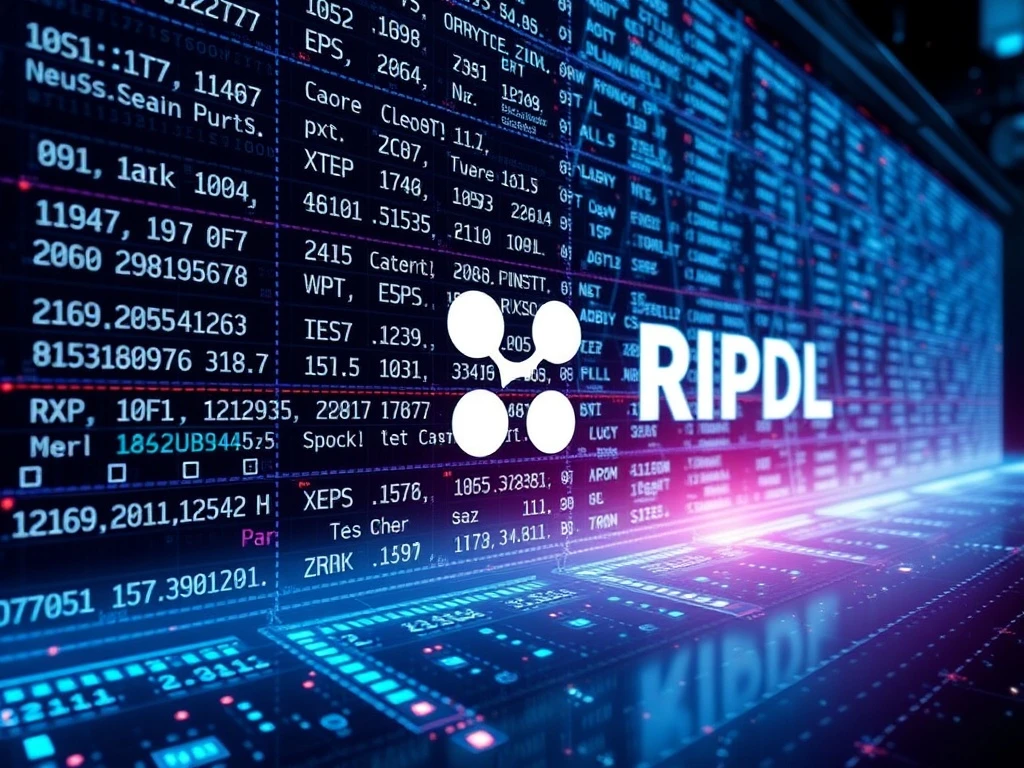XRP News: Ripple CTO Reveals Shocking 30-40% Drop in On-Chain Volume Due to Off-Chain Settlements

In a surprising revelation, Ripple’s Chief Technology Officer David Schwartz has addressed the significant 30-40% decline in XRP Ledger on-chain volume. This development raises crucial questions about XRP’s real-world utility and institutional adoption. Let’s dive deep into what this means for the cryptocurrency’s future.
Why Has XRP Ledger On-Chain Volume Dropped 30-40%?
Ripple’s Q1 2025 XRP Markets Report showed a concerning trend:
- 30-40% reduction in on-chain XRPL activity
- Decreased new wallet creation
- Lower overall transaction volume
Schwartz attributes this primarily to Ripple’s strategic shift toward off-chain settlements with financial institutions. While this approach offers efficiency benefits, it comes at the cost of blockchain transparency.
The Off-Chain Settlement Controversy
Critics like entrepreneur Andrei Jikh question Ripple’s claims of institutional adoption without verifiable on-chain data. Key challenges include:
| Challenge | Impact |
|---|---|
| Regulatory compliance | Institutions prefer private settlements |
| Terrorism financing risks | Limits use of XRPL DEX |
| Transparency issues | Hard to verify transaction volumes |
XRP Ledger DeFi Shows Resilience
Despite the overall decline, decentralized exchange volume only dropped 16% quarter-over-quarter. However, with just $81.8 million TVL on XRPL DeFi apps, institutional activity remains largely invisible on-chain.
What’s Next for XRP and Ripple?
Schwartz hinted at potential changes:
- Possible shift toward more on-chain transactions
- Development of “permissioned domains” for compliance
- New transparency measures as Ripple discontinues current XRP Markets Reports
FAQs
Q: Why is on-chain volume important for XRP?
A: On-chain activity provides transparent verification of XRP’s real-world usage and adoption.
Q: Will Ripple completely move away from on-chain transactions?
A: No, Schwartz suggests institutions may gradually shift more activity on-chain as they recognize blockchain benefits.
Q: How does this affect XRP investors?
A: The trend highlights the tension between institutional adoption and blockchain transparency, potentially impacting market perception.
Q: What are permissioned domains?
A: These would allow controlled access to XRPL features while maintaining compliance, though details remain scarce.









